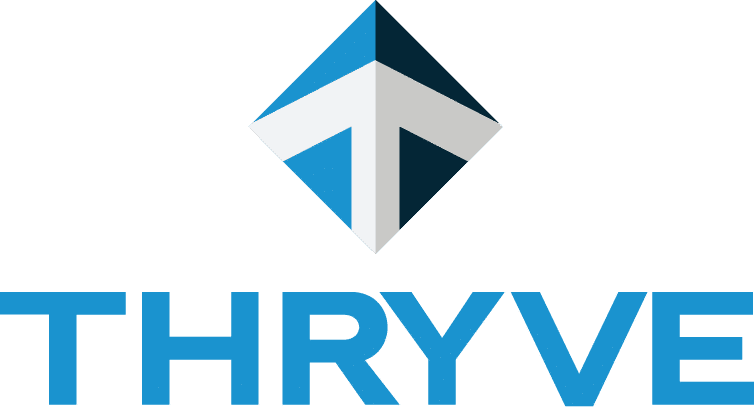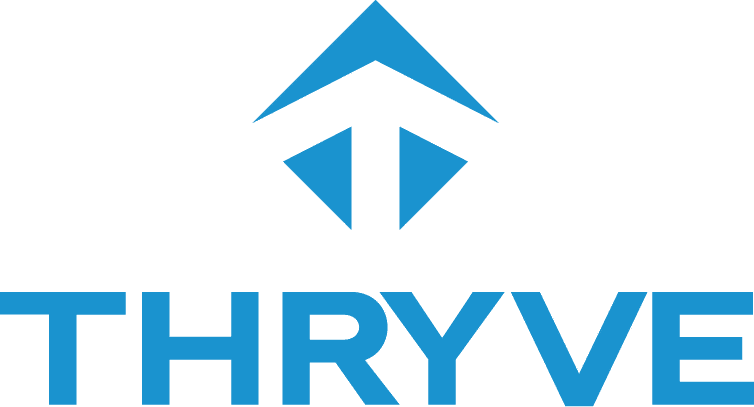Hi,
Welcome to the May 2022 edition of Thryve Tidbits. This month’s tips will help you grow as a leader, build your business and connect with others.
Lessons Learned: Grab the Moment
Most business owners I have spoken to have made many small steps on their way to success. These steps were not always in a straight line. More often than not, it was two steps forward and one step back.
In my case, there were times in my career I felt trapped in a job without alternative options. Other times I felt I was stagnating and not fulfilling my potential. I didn’t know if I would ever have the opportunity of running a small business.
Take the opportunity to learn as much as you can in any situation. Pick up the skills you need to take the next step. Learn from the mistakes of your employer and think about how you would have acted differently. Build the relationships inside and outside your workplace that you will need to prosper in the future.
Book: E Myth Revisited by Michael E. Gerber

E Myth Revisited lays out a step by step process for business owners to scale their business in a logical way regardless of industry. The book is an easy read with many practical insights from a small business consultant who has helped thousands of entrepreneurs over the last few decades.
The key parts of this book for me were:
- Develop, understand and message the deeper purpose of your business
- Think big – figure out how your business can help many people in a small way
- Create a prototype of your business in order to scale. Use that prototype to standardize processes, branding and service model to repeat as you scale up
- Continually improve by testing out new ideas using the Innovate, Quantify, Orchestrate model
Questions for you to ponder:
- When is the last time you considered how your business could grow 10X revenues?
- Do you take a fresh look at your processes and delivery model periodically? Can you optimize your service delivery process to be able to replicate at scale?
- How do you decide if an innovation to a product or process that you attempt is successful and should continue to be used?
Technology as a tool: Calendly

You can find efficiency hacks even in simple tasks.
Many business owners traditionally used multiple emails back and forth to clarify the time and place of the meeting. This email deluge wasted time and energy.
I wanted a different solution. My goal was to allow clients and prospective clients to meet with me as easily as possible.
Calendly simplifies the process by:
- Providing a transparent view of open meeting times integrated into Microsoft or Google calendars
- Easy steps to establish a meeting
- Creating multiple types of template meeting choices to book including length, questions to answer, etc.
- Automated updates to calendars once meeting established
Pricing is reasonable at $8-12 a month.
Calendly includes many native integrations with other tools to make planning meetings more productive. I have listed below a few that I use:
Teams – I provide Teams option for meetings. If chosen, the Teams info to connect shows in the calendar invite.
Linkedin – Embed Calendly meeting link into Linkedin messaging to prospects or new contacts.
Email – Directly embed available times into an email. I include a link to my Calendly account in my email signature.
Website – Visitors can book a meeting with me through a link to my Calendly account on my website.
Wishing you continued success and growth this month!
Toby Kaye
Founder and CEO, Thryve Group

